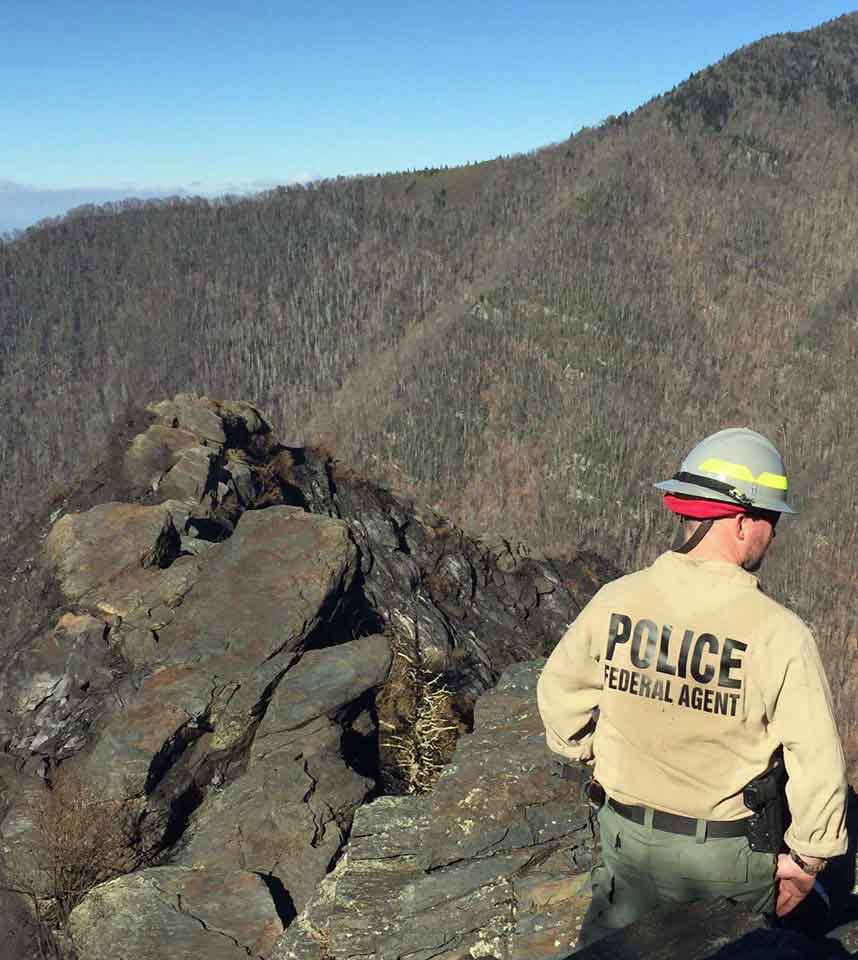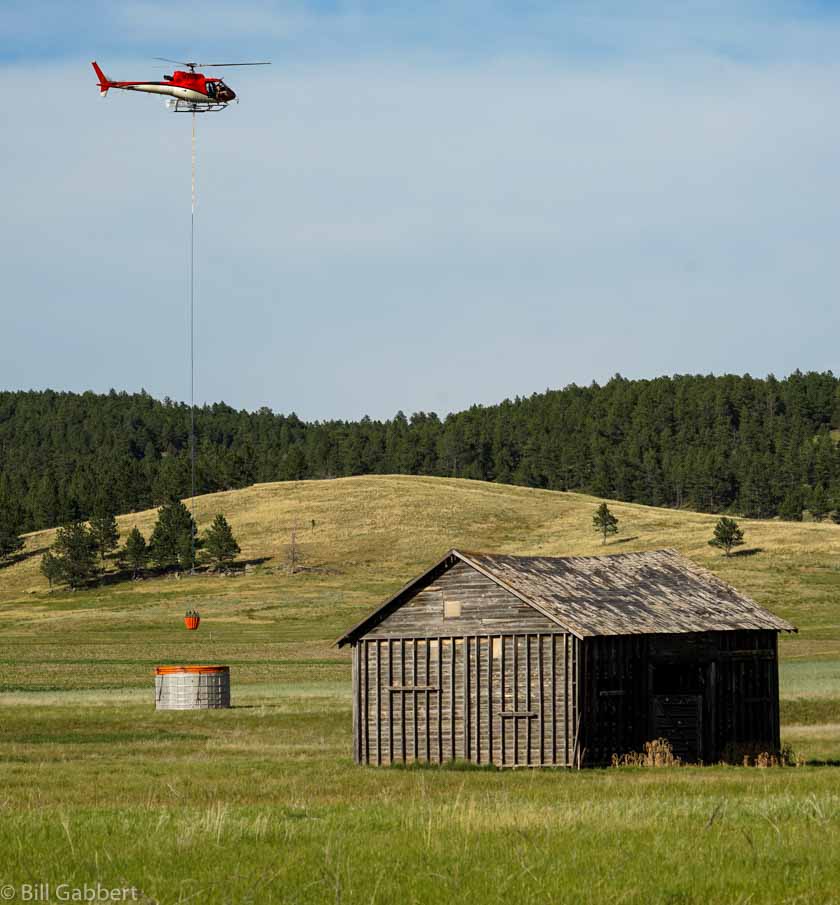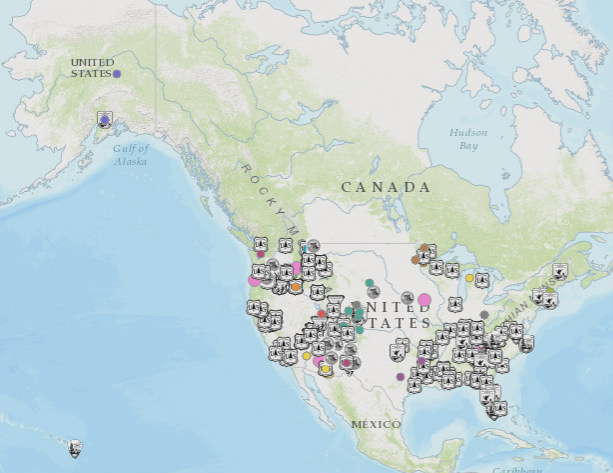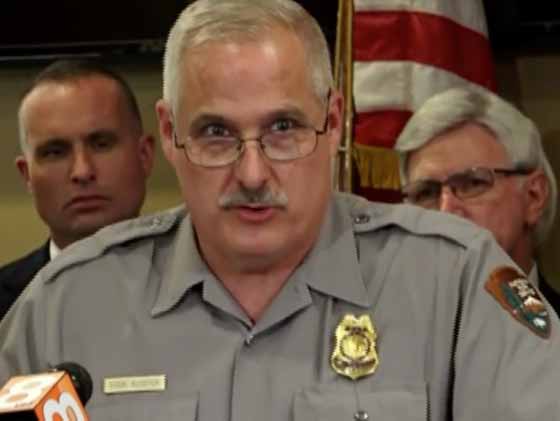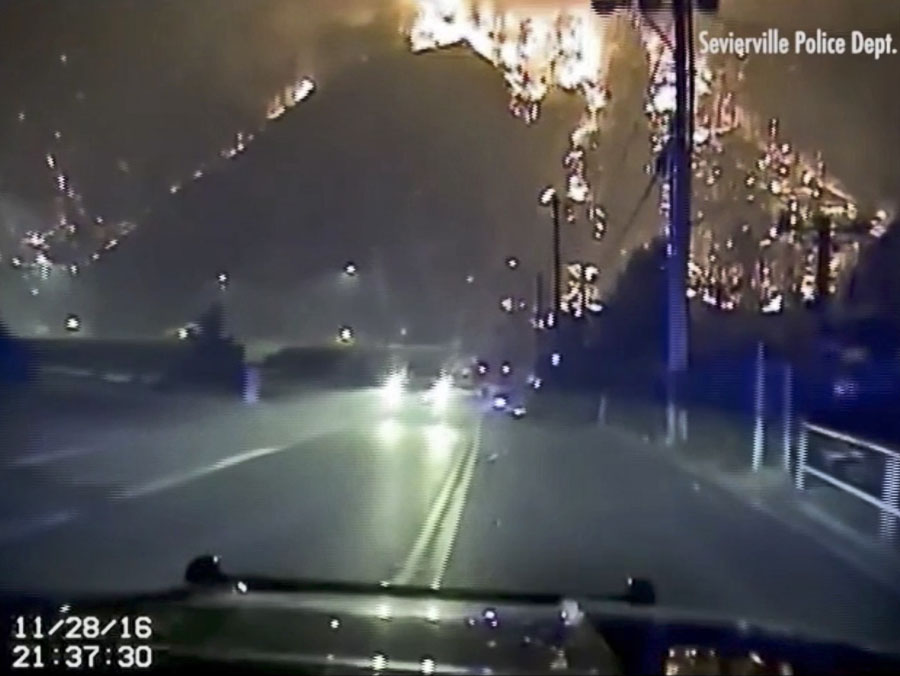
More than 40 insurance companies are suing the federal government for $450 million over how the fire that burned into Gatlinburg, Tennessee in 2016 was handled, the Knox News is reporting.
Five days after it started in Great Smoky Mountains National Park on November 23 the Chimney Tops 2 Fire spread into the eastern Tennessee city killing 14 people, forcing 14,000 to evacuate, destroying or damaging 2,400 structures, and blackening 17,000 acres.
The strategy used to manage the fire was controversial in that very little direct action was taken to suppress the fire during those first five days until a predicted wind event caused it to spread very rapidly out of the park and into the city.
Below is an excerpt from an article at the Knox News:
The lawsuits blame the devastation on National Park Service officials. Fire managers violated their own policies, the complaints state, when they opted to let the blaze burn amid prolonged drought and forecasted high winds, then failed to monitor it or warn residents of the danger it posed.
The lawsuits single out Greg Salansky, the park’s fire management officer who first spotted smoke coming from the park’s Chimney Tops peaks on Nov. 23, 2016. Salansky didn’t attack the roughly acre-sized fire directly, didn’t dig containment lines initially and waited four days to order water drops by airplane and helicopter.
Earlier drops, the complaints read, could have easily extinguished the fire when it spanned just an acre and a half.
Instead, Salansky opted to try to contain the fire inside a 410-acre box in hopes of coming rain. He briefed higher-ups at the park, according to the complaints, but made no significant progress in containing the fire. It didn’t help that most of the fire crew’s staff was on vacation due to the holiday. No one called them in.
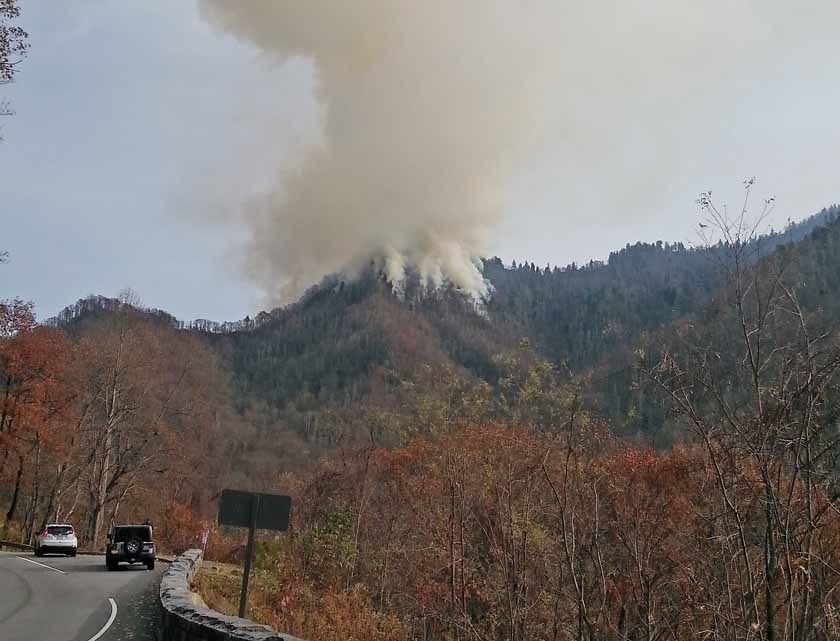
The National Park Service assembled an eight-person team to review the management of the Chimney Tops 2 Fire. Participants represented the NPS, U.S. Forest Service, Bureau of Indian Affairs, Boone Fire Department in North Carolina, plus a Technical Writer-Editor. It was led by Joe Stutler, of the USFS, who is qualified as a Type 1 Incident Commander and Area Commander, positions at the pinnacle of the incident management structure.
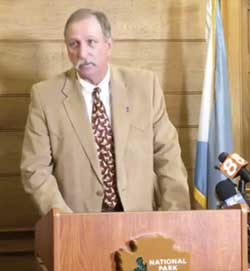
In a press conference when the report was released, Mr. Stutler began by saying the report was intended to not place blame on anyone, and would “avoid should have, could have, and would have, statements that frankly inhibit sensemaking and also inhibit continuing to learn from the event.”
Describing the actions taken or not taken on the fire, he said, “the review team found no evidence of negligence of anyone at the park. They did the very best they could when it came to their duty. They did the very best they could based on what was loaded in their hard drive”, he said as he pointed to his head. “Never in the history of this park or even in the surrounding area”, Mr. Stutler said, “had anyone seen the combination of severe drought, fire on the landscape, and an extreme wind event” occurring at the same time.
Combined with a wildland/urban interface, it was the “perfect storm”, he explained. The review team concluded that the fire management officials did not see the potential for the low-frequency, high-risk event.
The 116-page report had a brief summary of its findings:
“The review team concluded that a lack of wildland fire preparedness during a period of drought conditions favorable to wildfires overwhelmed National Park Service response to the CT2 fire. Though the review team concluded that the firefighting decisions made by the personnel involved were commensurate within their knowledge and experience in fighting wildland fires in the region, this report recommends enhanced preparedness and fire planning based on fire-conditions assessments, and adherence to the National Park Service wildland fire program and policies. These recommendations will likely enhance the capability of the Great Smoky Mountains National Park to respond to a wildfire event with similar or greater fire weather conditions in the future.”
The report made recommendations, including:
- Revise the park’s fire management plan to reflect more aggressive strategies and tactics during extreme fire weather conditions.
- Expand communications capacity to allow interoperability with responders outside the federal system.
- The Fire Management Officer should be supervised by a single individual, not two.
- Since no Red Flag Warnings were issued around the time of the fire, evaluate current Red Flag Warning and advisory criteria to reflect conditions experienced during the 2016 fire season.
- The National Park Service leadership should embrace and institute change to create wildland fire management organizations that have the capacity and resilience to meet the realities of this “new normal” fire behavior.
- Institute formal fire management officer and agency administrator mentoring and/or development programs.
(The article was edited on December 7, 2019 to show that Joe Stutler is currently working for the U.S. Forest Service.)
Thanks and a tip of the hat go out to Bob. Typos or errors, report them HERE.



